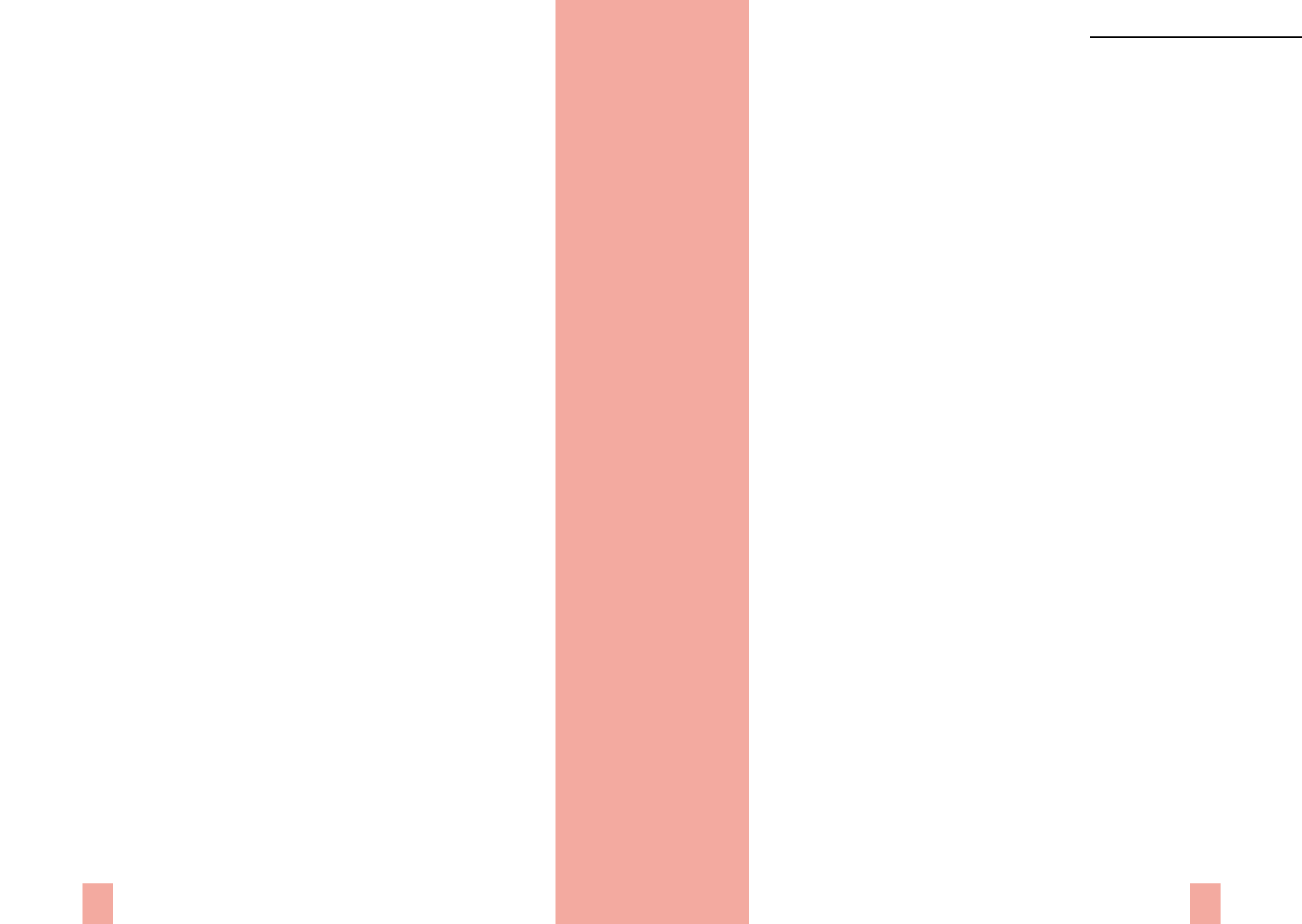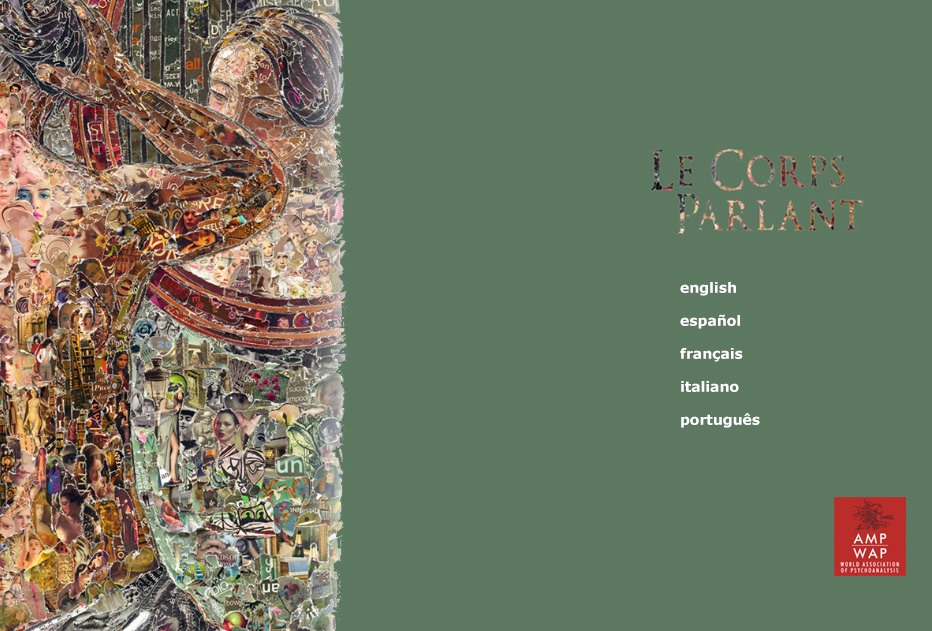

THE SPEAKING BODY
Xth Congress of the WAP,
Rio de Janeiro 2016
503
502
“Thus the theory of
jouissance
must be de-Oedipalized. It entails that what
jouissance
is given to us does not fit the sexual relationship. This is how
jouissance
constitutes a
sinthome
. Lacan’s
sinthome
is simply the symptom, but generalized,
the symptom inasmuch as there is no total sexual drive. It constitutes a
symptom, but it’s a symptom that is unavoidable.”
p. 47
“The idea of the pass is based on the notion that the fantasm is the device for the
jouissance
, that is through this device that the subject approaches reality. In the
passage to the reverse, the device for
jouissance
is no longer contained within the
limits of the fantasm. It is language itself that appears as this device–one more
step and it’s
lalangue
, the signifier stripped from the structure of language. In the
passage to the reverse, the
sinthome
takes the place of the fantasm. Which means
that the fundamental relation to
jouissance
is no longer enclosed in the inertia
and condensation of the fantasm, which must be crossed by a dynamics. It is
in the
sinthome
, not as condensation but as functioning, that the symbolic, the
imaginary, and the real are driven, involved and bound.”
p. 61
“What takes then the place of the crossing of the non–existent fantasm? The
semblantization of sense, the reduction of truth–which cannot be discovered–
to lying truth. If the pass does not take place in relation to the fantasm but
in relation to the
sinthome
, it is not the revelation of a truth. The pass is the
revelation that truth lies, that sense is a semblance.”
p. 62-63
“This pass of the
sinthome
also amounts to the eternal return of its singularity in
jouissance.
”
p. 63
III /d.2 Other publications
“Interpretation in Reverse” (1996), [LL]
“What Lacan continues to call ‘interpretation’ is no longer the same, if only
because it is not indexed on the symptom but on the fantasy. And we keep
saying that the fantasy is not to be interpreted but to be constructed, don’t we?
The fantasy is a phrase that is enjoyed [
qui se jouit
], a ciphered message that
harbours jouissance. The symptom itself is to be thought from the fantasy, and
this is what Lacan called the sinthome.
A practice that targets the sinthome in the subject does not interpret like the
unconscious. To interpret like the unconscious is to remain in the service of the
pleasure principle. To place oneself in the service of the reality principle does not
change anything, since the reality principle itself is in the service of the pleasure
principle. To interpret in the service of the pleasure principle–you needn’t look
anywhere else for the principle of interminable analysis. This is not what Lacan
calls ‘the way to a true awakening for the subject’.
It remains for us to say what interpreting beyond the pleasure principle
could be–interpreting against the grain of the unconscious. There, the word
‘interpretation’ is only valid as a place–holder for another, which cannot be
silence.”
p. 6-7
“Psychoanalysis, the City and Communities” (1997). Trans.: Ph.
Dravers [PN 24, 2012]
“In the clinic, it is very useful to be there with neurosis and psychosis, and
perversion in a corner–which doesn’t allow one to do very much. The idea that
what holds a subject together is a combination, an articulation, between a set of
semblants and a surplus enjoyment allows for a greater flexibility. That is finally
what Lacan called the
sinthome.
”
p. 20
“The Child and Knowledge” (2011). Trans.: J. Richards [PN 24,
2012]
“The knowledge of the psychoanalyst is not that knowledge; it is one that is to
be elaborated on the edge of the symptom, as close as possible to its beginning,
the origin of the symptom. It’s what Lacan called the sinthome. It’s a circuit of
repetitions, a cycle of knowledge–enjoyment [
savoir–jouissance
] set off by a body
event, that is, the percussion of a body by a signifier.
For the one we call a child, we have the opportunity to intervene before the after
effects of this percussion take the form of a definitively stabilised cycle, and even
if it is, there remains a margin that still allows for the cycle of the sinthome to be
oriented, so that the subject can find in it, custom made, an order and security.”
p. 83
“Presentation of Book VI of the Seminar of Jacques Lacan (2013).
Trans.: A. R. Price [HB 10, 2013]
“In other words, the dance that I’m sketching out between fantasy and drive is
the great future of Lacan’s teaching, to the point that the two terms were to fuse
in Lacan’s use of the term sinthome.”
p. 37
“The Unconscious and the Speaking Body” (2014). Trans.: A. R. Price
[HB 12, 2015]
“As you know, the symptom as a formation of the unconscious structured as a
language is a metaphor, it is an effect of meaning, induced by the substitution
of one signifier for another. On the other hand, the
sinthome
of a
parlêtre
is
Jacques – Alain Miller



















